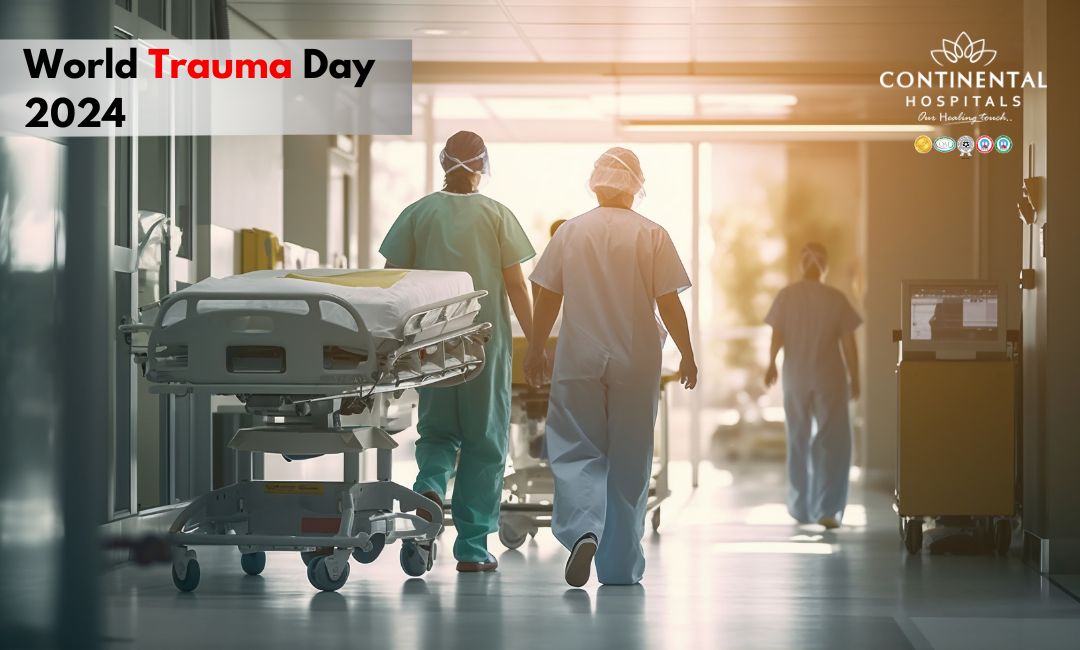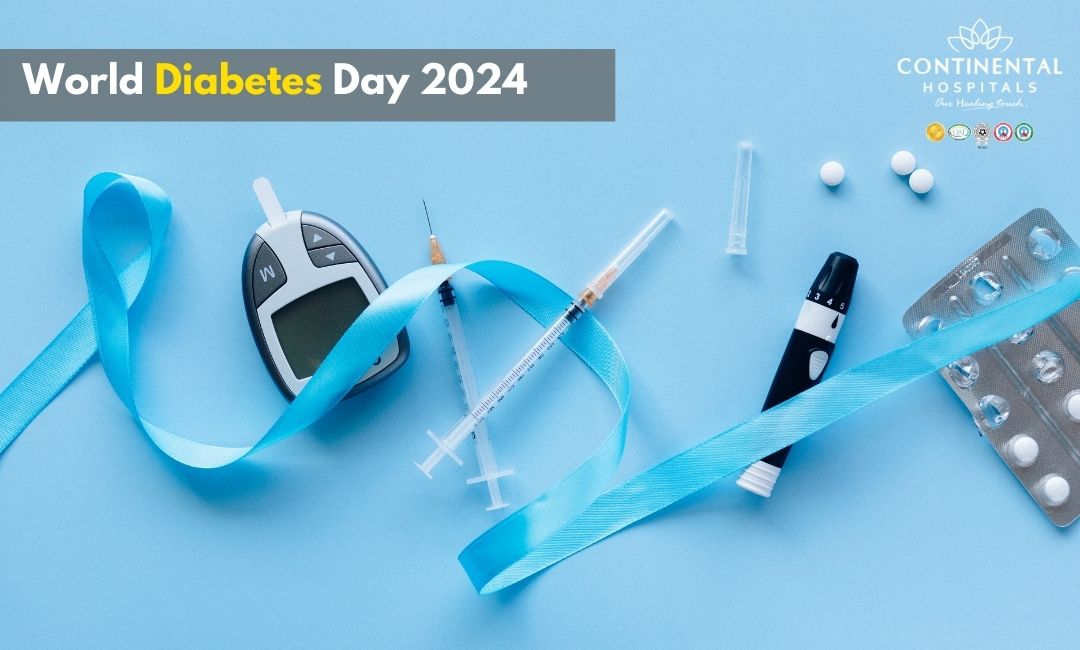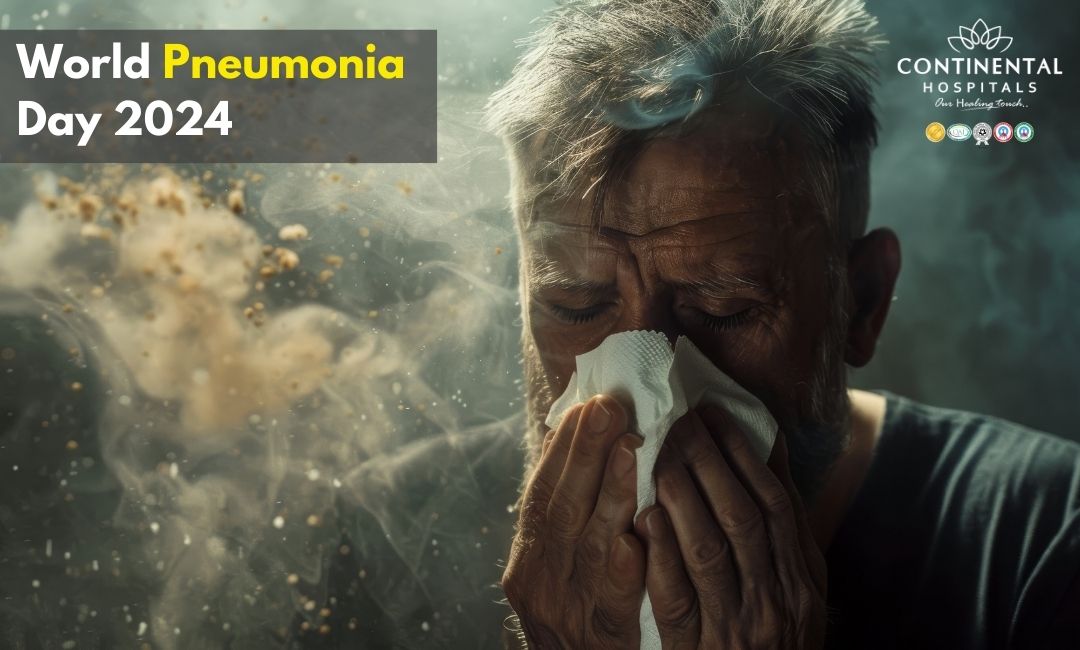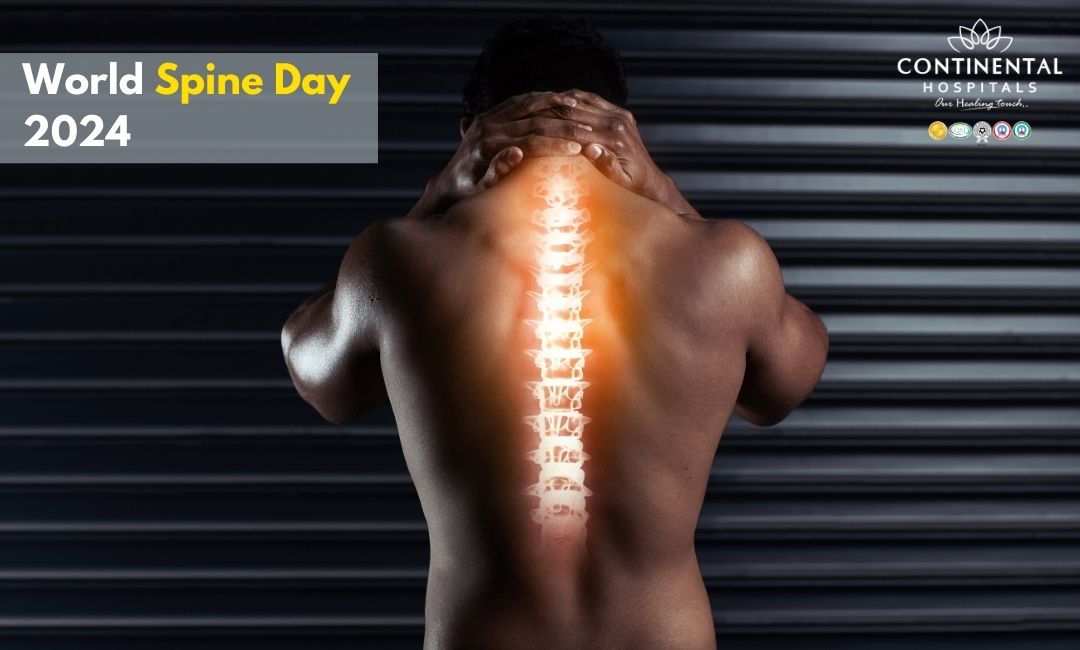Every year on October 17th, World Trauma Day is observed globally to raise awareness about the critical need for trauma care and the prevention of injuries. Trauma, which refers to physical injuries caused by external forces like accidents, falls, or violence, remains a leading cause of death and disability worldwide. Whether it’s a road traffic accident, workplace injury, or a fall at home, trauma can have life-changing consequences.
In this blog post, we will explore the global and Indian statistics related to trauma, the causes and impacts of injuries, and the importance of prevention. We will also discuss this year’s theme, “Workplace Injuries: Prevention & Management,” highlighting ways to create safer work environments.
The Global Burden of Trauma
Trauma remains a significant public health issue worldwide, claiming millions of lives each year. According to the National Institutes of Health (NIH), about 5.8 million people die from injuries annually, accounting for nearly 10% of the world's deaths. This makes trauma one of the leading causes of death globally, on par with diseases like cancer and heart disease.
Key Global Statistics on Trauma:
Road Traffic Accidents: Around 1.3 million people die each year due to road traffic accidents, and between 20 to 50 million more suffer non-fatal injuries. It is the leading cause of death for children and young adults aged 5-29.
Workplace Injuries: Globally, it is estimated that about 374 million non-fatal work-related injuries occur annually, resulting in 2.3 million deaths from occupational accidents or work-related diseases.
Falls and Domestic Accidents: Falls are responsible for approximately 684,000 deaths each year, with older adults being the most vulnerable group.
Violence and Assaults: Acts of violence result in around 1.6 million deaths globally, with significant numbers of non-fatal injuries requiring medical attention.
The Impact of Trauma in India
India, with its vast population and rapid urbanization, experiences a disproportionately high number of trauma cases, especially from road accidents and workplace injuries. Trauma is one of the top causes of hospitalization in India, imposing a heavy burden on the healthcare system.
Key Statistics on Trauma in India:
Road Traffic Accidents: According to the Ministry of Road Transport and Highways, India records about 450,000 road accidents every year, resulting in more than 150,000 deaths and over 300,000 serious injuries. The country has the highest number of road accident fatalities in the world.
Workplace Injuries: India reports an estimated 48,000 fatalities annually due to occupational accidents, with many more suffering from non-fatal injuries. Industries like construction, mining, and manufacturing are particularly high-risk.
Falls and Domestic Accidents: Falls are a major cause of injury in India, particularly among the elderly. A study by the National Crime Records Bureau (NCRB) showed that over 25,000 deaths in India were due to accidental falls in 2021.
Violence and Assaults: Violence, including domestic violence and assaults, also contributes significantly to trauma cases in India. The National Family Health Survey reports that nearly 30% of women have experienced physical violence at some point.
Causes and Consequences of Trauma
Trauma can be caused by a variety of factors, including:
Road Traffic Accidents: These are one of the biggest contributors to trauma worldwide. Reckless driving, over-speeding, lack of safety measures like seatbelts and helmets, and poor road conditions all play a role in traffic-related trauma.
Falls: Accidents at home, particularly involving the elderly or children, often lead to falls that can result in fractures, head injuries, or even death.
Workplace Injuries: Unsafe working conditions, lack of proper training, and inadequate safety equipment are major causes of workplace injuries.
Violence: Domestic violence, assaults, and abuse lead to both physical and psychological trauma.
Sports Injuries: Athletes and individuals engaged in physical activities often suffer from trauma related to sprains, fractures, and concussions.
The consequences of trauma can be devastating. Apart from the immediate physical damage, many trauma victims suffer long-term disabilities, emotional distress, and loss of livelihood. Trauma also places a significant economic burden on families and the healthcare system.
Trauma in Vulnerable Populations:
Certain groups are more vulnerable to trauma than others:
Children and Adolescents: Road traffic accidents and domestic injuries are leading causes of trauma in children.
Elderly Population: Falls and fractures are common among older adults, often leading to severe complications.
Workers in High-Risk Occupations: Construction workers, factory employees, and those in hazardous industries are at greater risk of workplace injuries.
Prevention: The Key to Reducing Trauma
Prevention is crucial to reducing the incidence of trauma. Simple measures can make a significant difference in preventing accidents and injuries.
Road Safety Measures:
- Use of Seatbelts and Helmets: Wearing seatbelts and helmets can drastically reduce the risk of severe injuries in road traffic accidents.
- Speed Limits and Traffic Rules: Strict enforcement of traffic rules, along with the use of speed cameras and fines, can help prevent accidents.
- Improved Infrastructure: Building safer roads, installing pedestrian crossings, and improving lighting in high-risk areas can reduce accidents.
Workplace Safety:
- Training and Education: Regular training for employees on workplace safety and the use of protective gear can help prevent accidents.
- Safety Equipment: Providing helmets, gloves, harnesses, and other protective equipment to workers in high-risk jobs is essential.
- Ergonomics: Proper ergonomic practices in offices can prevent musculoskeletal injuries like back pain and carpal tunnel syndrome.
Home Safety:
- Childproofing Homes: Using safety gates, securing furniture, and installing smoke detectors can prevent injuries to children.
- Fall Prevention for the Elderly: Installing handrails, removing loose rugs, and ensuring good lighting can help prevent falls in older adults.
Theme for World Trauma Day 2024: "Workplace Injuries: Prevention & Management"
This year’s theme for World Trauma Day, "Workplace Injuries: Prevention & Management," highlights the importance of creating safe working environments and addressing the risk of occupational injuries.
Prevention of Workplace Injuries:
Workplace injuries, ranging from minor cuts to life-threatening accidents, can be prevented with the right strategies. Employers play a critical role in ensuring safety by implementing the following measures:
Risk Assessment: Regularly identifying and addressing potential hazards in the workplace can prevent accidents. This includes proper labeling of hazardous materials, ensuring machinery is in good working condition, and providing adequate ventilation in factories.
Employee Training: Workers should be trained to follow safety protocols, operate machinery correctly, and use personal protective equipment (PPE). Ongoing safety education ensures that employees are aware of risks and know how to mitigate them.
Ergonomic Design: Offices and industries should consider ergonomics in the design of workstations to prevent long-term injuries such as back pain and repetitive strain injuries.
Management of Workplace Injuries:
Despite preventive measures, injuries can still happen. When they do, effective management is crucial to minimize long-term damage and facilitate recovery.
First Aid and Immediate Response: Providing first aid and ensuring quick medical attention can significantly improve the outcome of workplace injuries.
Rehabilitation Programs: For severe injuries, rehabilitation plays an important role in helping employees regain their physical abilities and return to work.
Mental Health Support: Workplace trauma can also have a psychological impact. Providing counseling and mental health support for employees who have experienced injuries is essential.
Conclusion
World Trauma Day serves as a vital reminder that injuries can be prevented, and lives can be saved through awareness, education, and action. By focusing on key areas like road safety, workplace injury prevention, and home safety, we can work together to reduce the global burden of trauma. This year’s theme on workplace injuries reminds us that safe work environments are not only a legal requirement but a moral responsibility. With the right strategies in place, we can create a safer world for everyone.
Related Blogs:
.webp)







